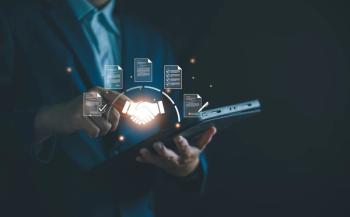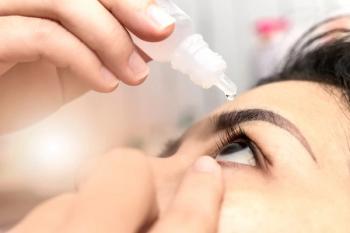
B + L marks 40th anniversary of soft contact lenses
Soft contact lenses have become America's predominant form of contact lens vision correction and radically changed the way patients expect to manage their vision care.
Rochester, NY-In the early 1960s, as Americans grappled with a firestorm of societal changes, a Czech professor tinkered behind the Iron Curtain with a novel material he hoped would provide clear, comfortable vision without spectacles.
The story of how Otto Wichterle, PhD, used his children's erector set, bicycle parts, a hot plate, and the motor from a record player to spin hydroxyethyl methacrylate (HEMA) into thin discs has become legendary.
But from that simple spin-cast system, Dr. Wichterle sparked what would become America's predominant form of contact lens (CL) vision correction and radically change the way patients expect to manage their vision care. Dr. Wichterle's patents to develop the material and lens were eventually sold to Bausch + Lomb (B + L), which refined the technology and introduced the first hydrogel contact lens (HCL) in 1971.
"It really was a transformation," said Joseph T. Barr, OD, MS, FAAO, vice president, global clinical and medical affairs and professional services, vision care, B + L.
A little history
In 1936, William Feinbloom, OD, experimented with CLs made with polymethyl methacrylate (PMMA). The plastic was lighter and easier to manufacture than glass, but its scleral design blocked oxygen.
About 10 years later, California optician Kevin Tuohy accidentally cut a scleral lens down too far and produced the first corneal lens. "That opened the door, because these were easier to make, easier to handle, easier to wear, and better for the eye because you'd get some tears coming in from the edge to provide oxygen," said Edward S. Bennett, OD, associate professor, University of Missouri-St. Louis College of Optometry, and co-chief of its CL service.
Newsletter
Want more insights like this? Subscribe to Optometry Times and get clinical pearls and practice tips delivered straight to your inbox.
















































.png)


